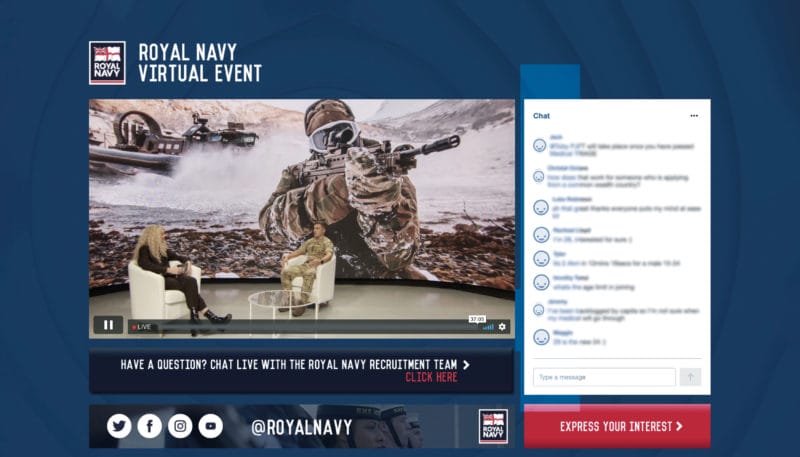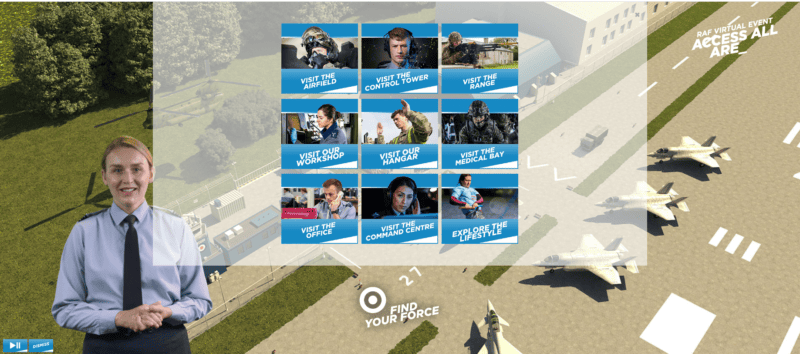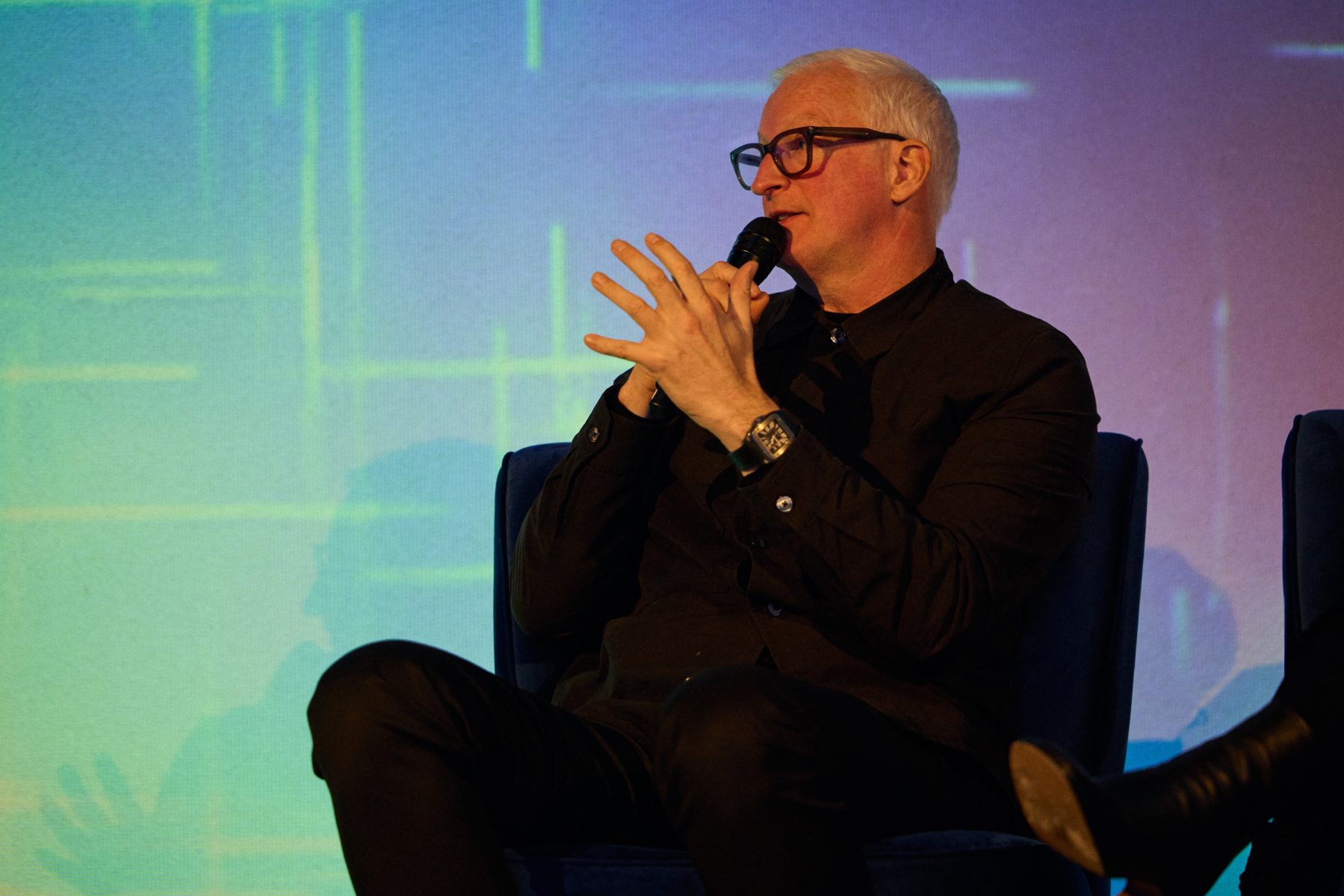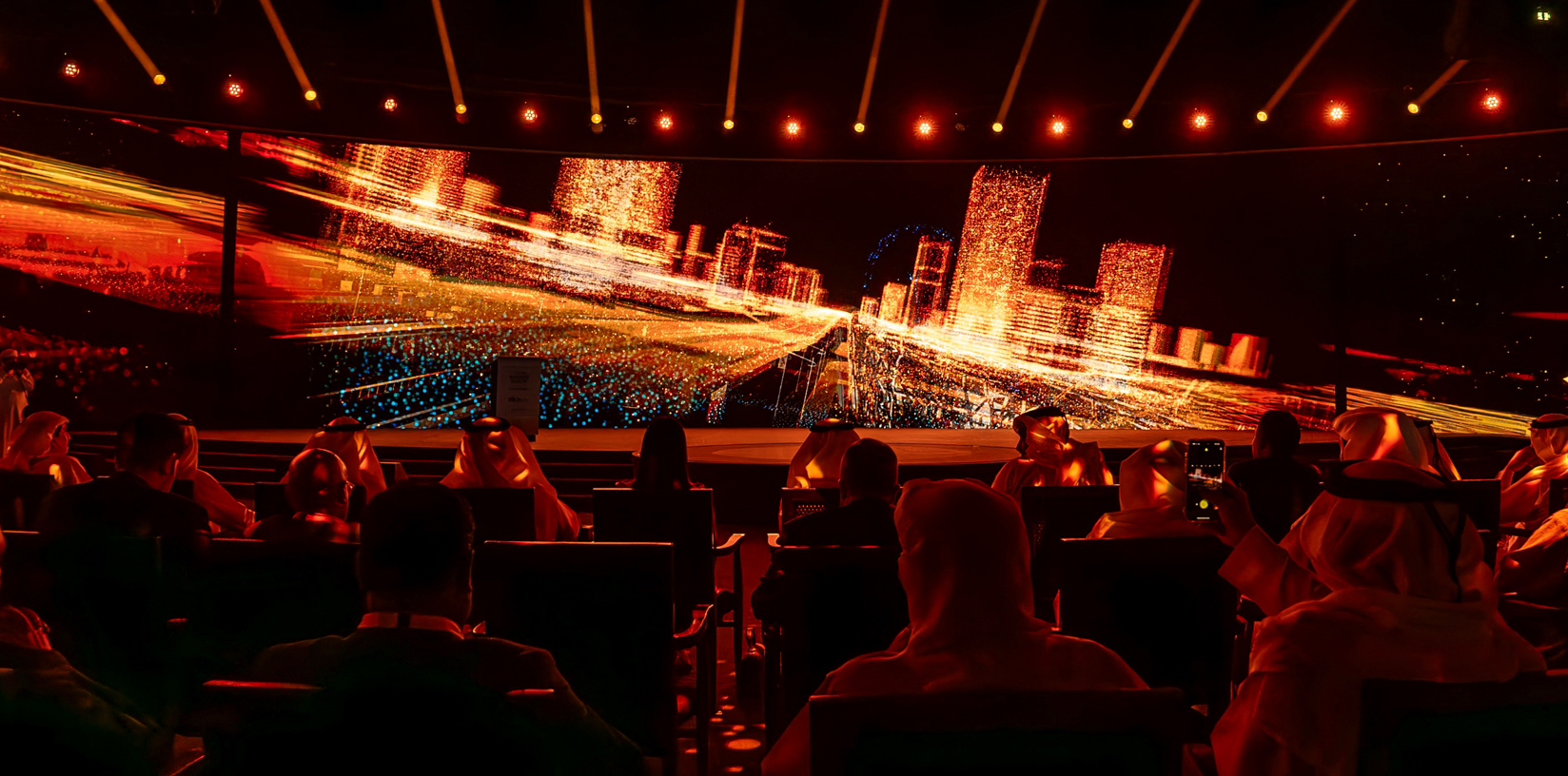Let’s talk about the big D
There’s a beefy statistic that’s been touted around the events industry for as long as I can remember, which goes a little something like this:
After an event, 80% of sales leads are never followed up.
Eighty percent.
What’s the source of this troubling metric? Some bloke down the pub, probably. But if you’ve ever worked in sales or marketing, that stat probably feels like it has some validity. Some weight. And if you haven’t, I know what you’re thinking: sales people are lazy. Which is often true. But it’s not always as simple as just picking up the phone or firing off an email. Sometimes, more often than your common or garden person would perhaps care to believe, it’s the quality of the lead that’s the stumbling block.
Specifically: the quality of the data.

In 2020 and well ahead of the peak of the pandemic outbreak, Identity elegantly pivoted to offering virtual event solutions for our clients, with great success. One of the primary USPs that made virtual event delivery so attractive was the end-to-end abundance of rich, quality data. In days of yore, data acquisition at in-person events was, at best, problematic. Typically, sales teams were relying on business cards, scraps of paper or hand typing information into tablets to capture the data of potential new business. For most brands, this approach was entirely the norm at pretty much every event worldwide.
Here’s the rub: data is only of value if it’s both accurate and impartial. Throw human error into the mix and things get messy. Studies show that manual data entry with no verification layer steps has an error rate as high as 4%. That means the error rate for data entered once, without any further verification, is 400 per 10,000 entries.
But this is just stage one. What happens when you have to re-enter all of that data into another system? Another study found that when manually entering data into simple spreadsheets, the probability of a human error was between 18% and 40%.
Compounded, these are hugely significant numbers that massively impact even small datasets.

Virtual events, by design, both greatly nullified the human error issue and opened the doorway to a veritable smorgasbord of data. For the first time in the history of our industry, data touchpoints all the way from pre-event marketing and comms through to live delivery and post-event reporting, could be tracked, quantified and analysed.
Our clients loved it. Suddenly, they were awash with data. Data that showed them what was and (importantly) what wasn’t working. Data that led to demonstrable, continuous improvement, from event to event.
Happy days. Except, now, after almost two years, face-to-face events are back. Which is of course glorious news, but it presents us with something of a problem. Clients have been spoiled with data and now have a deep awareness of the value that it brings. The best of anything is almost always data-driven, but that’s an impossibility without a data graph that runs across an entire campaign. The conundrum isn’t just limited to lead generation, either; what about behaviour at events? How people move, what they interact with, how much time they spend doing X or Y? How much time they don’t spend doing it?
Consider quality data almost as an ouroboros, with post-event data from one event influencing pre-event data for the next, ad infinitum. It’s continuously feeding itself, across an entire event programme. Across an entire industry.

Here’s the bottom line: solving the problem of how to seamlessly track and align data acquisition from digital (pre-event) to physical (live) and back to digital (post) is figuratively and literally worth its weight in gold. There have been some attempts at this already, of course, such as RFID, NFC, BLE, QR and a bunch of other acronyms I’m not writing out longhand because I’ve got a tight word count. But none of them have really touched the sides and they’re certainly no solution for holistic end-to-end, even bolted together.
It’s a puzzle that the brightest minds at Identity are thinking deeply about.
“When it comes to data, hybrid events could be the ticket we need to create a holistic data solution to the age-old problem of experiential ROI,” says Phil Maggs, Innovation Director. “Hybrid events is a loaded term within our industry, but for me it presents an opportunity to align two disparate worlds that have, up until now, been at odds with each other when it comes to the level of data available.”
“At Identity, our hybrid offering will be centred around two propositions – resilience and ROI – both of which hinge on creating experiences for audiences that incentivise digital and physical interaction. If we get this right, the virtuous circle of continuous improvement will exponentially grow. It’s time for us to stop guessing and start measuring.”
In other words… watch this space!

Sources:
Thinking is Bad: Implications of Human Error Research for Spreadsheet Research and Practice, Professor R. Panko, University of Hawaii, 2008







